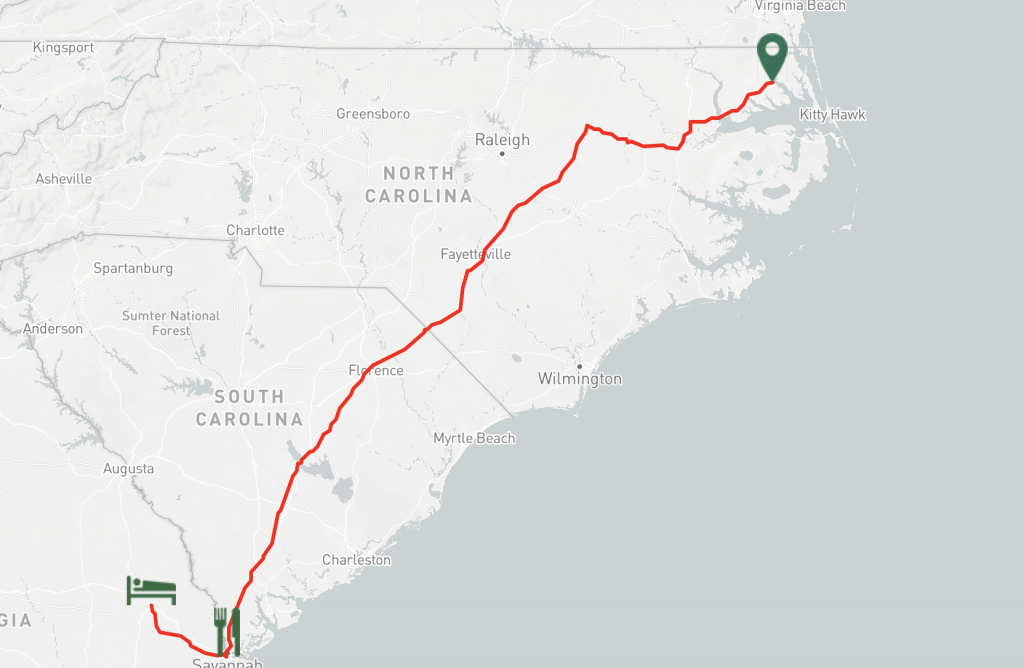For this project, I discussed the historical question of: How was Tourism affected for African Americans, in the region of North Carolina, due to racial segregation during the Jim Crow Era? From this topic, I learned that through national organizations such as the Ku Klux Klan and and local government statues that tourism for African Americans was extremely difficult and could be potentially life-threatening for them. Lynchings and assaults were common and many African Americans avoided the major cities in North Carolina to stay safe. This involved staying away from the towns on the water that dealt the most in trade. For this project, I used mapping, timelines, and image analysis to explore this topic. I felt these skills were the most useful because they easily showed the issues that African Americans dealt with allowed the reader to more easily understand and see what African Americans dealt with while traveling and touring. For example, glitching would not have been a useful skill for this project because it doesn’t provide an useful insight into segregation and tourism. Glitching is when you take a photo and edit its code to distort its original settings and view.1 On the other hand, mapping was a great skill to use because it connects easily with the Green Book, which was a travel guide for African Americans, so they would know where it was safe to travel, or eat, or get gas, or sleep.2
http://jessicadoeshistory.com/cnd/exhibits/show/the-segregation-of-tourism2
The skills discussed above transform sources by allowing a reader to be able to easily understand and incorporate the information to their own life. For example, with the mapping, a reader can compare to places that they have been and see how the place has changed over time or not.
From this class, I learned that the 1930’s was a difficult time for many people, due to the Great Depression and the government created many different organizations to try to get people back to work. This led to the creation of the Federal Works Project which included writing, theatre, arts, and music. Of these projects, the Federal Theatre Project was the least successful because people felt it was given too much money and didn’t produce enough for the money it was given.3 These projects were unique because they appealed to those that either didn’t like or couldn’t do manual labor. The Civilian Conservation Corp focused on the manual labor while the Federal Workers Project appealed to the artists in multiple different areas. This history has a larger significance in the sense that it shows while the government did have its own issues that it did want to get the working American back to work. The government worked to provide for its citizens by giving money to these organization and allowing people to work for their money. Also, history is important as it is to show what not to do in the future. This time period was filled with depression and prejudice, so we should all work together to avoid these issues and try to fix things so these problems never happen again.
In this class, I learned many important topics when it comes to being ethical digital citizens. First, don’t make any posts or blogs about topics or issues that you literally know is false. It is not fair or right for people to think information is correct or usable when it is actually filled with mistakes or problems. Also, in general don’t steal information from another user and claim it as your own information. This is plagiarism and can be illegal in some situations due to copyright. Lastly, copyright and trademark are very complicated issues and you should always make sure to check and avoid any issues surrounding these topics. It is important to check the rules because it is still illegal even if you don’t know so make sure to do your research first. 4

